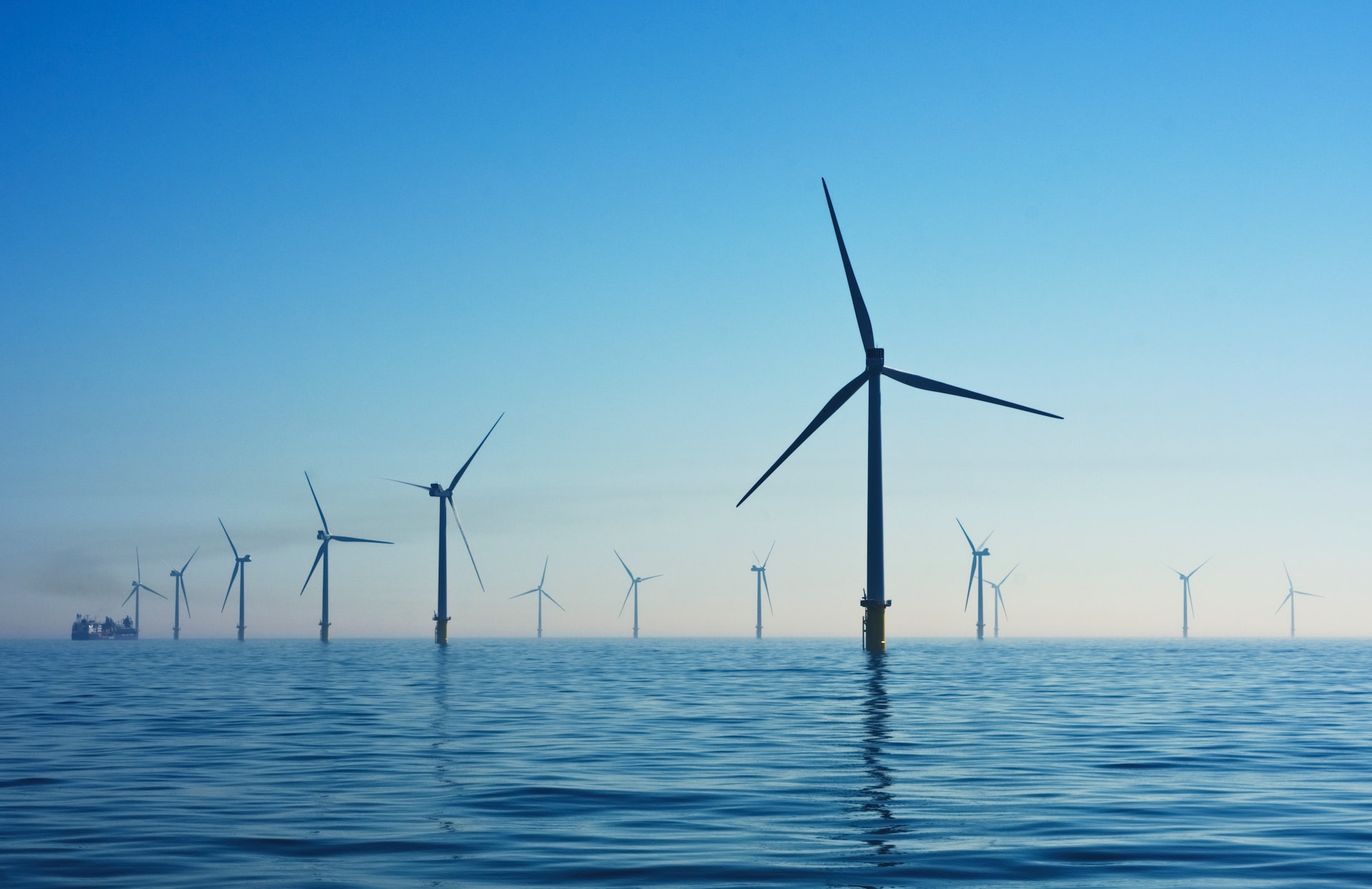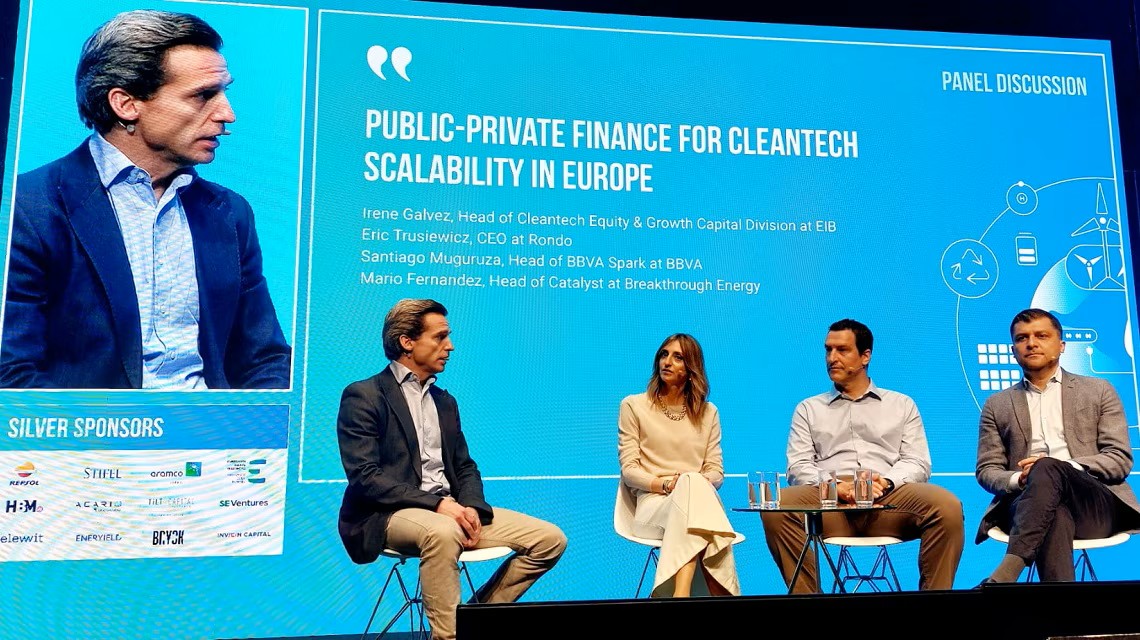Green hydrogen, the key piece of the sustainable energy puzzle for entrepreneurs and investors
The search for sustainable alternatives to fossil fuels is increasingly gaining traction, and investment in green hydrogen has skyrocketed globally in the last year. The technology needed to produce it cost-effectively and the startups that develop it are in the spotlight today, but challenges remain for it to play a prominent role in the energy transition.
We are a long way from meeting the goal of limiting global warming to 1.5°C, warns the United Nations: a radical transformation would be necessary to reduce greenhouse gas emissions by 45% by 2030. And in this effort, the energy sector, which is responsible for around 75% of these emissions worldwide, plays a key role in this effort.
In this race against the clock, green hydrogen, generated by renewable or low-emission energies, is positioning itself as a promising energy vector. The international situation has also given it a strong push throughout 2022. 25 countries have allocated a total of $75 million to this technology since the start of the war in Ukraine, seeking economic alternatives to natural gas, whose price has risen by more than 70%. According to the International Energy Agency (IEA), green hydrogen production could already be more profitable than fossil fuel-based production in regions with ample renewable resources that rely on imported fossil fuels.
The Climate Summit or COP27, which took place a few days ago in Egypt, was a new opportunity for the international community to reinforce its commitment to green hydrogen. Agreements calling for decarbonisation of the maritime freight transport sector or the creation of international alliances for the energy transition put this energy source at the centre of the effort to replace fossil fuels, but what are its real prospects?
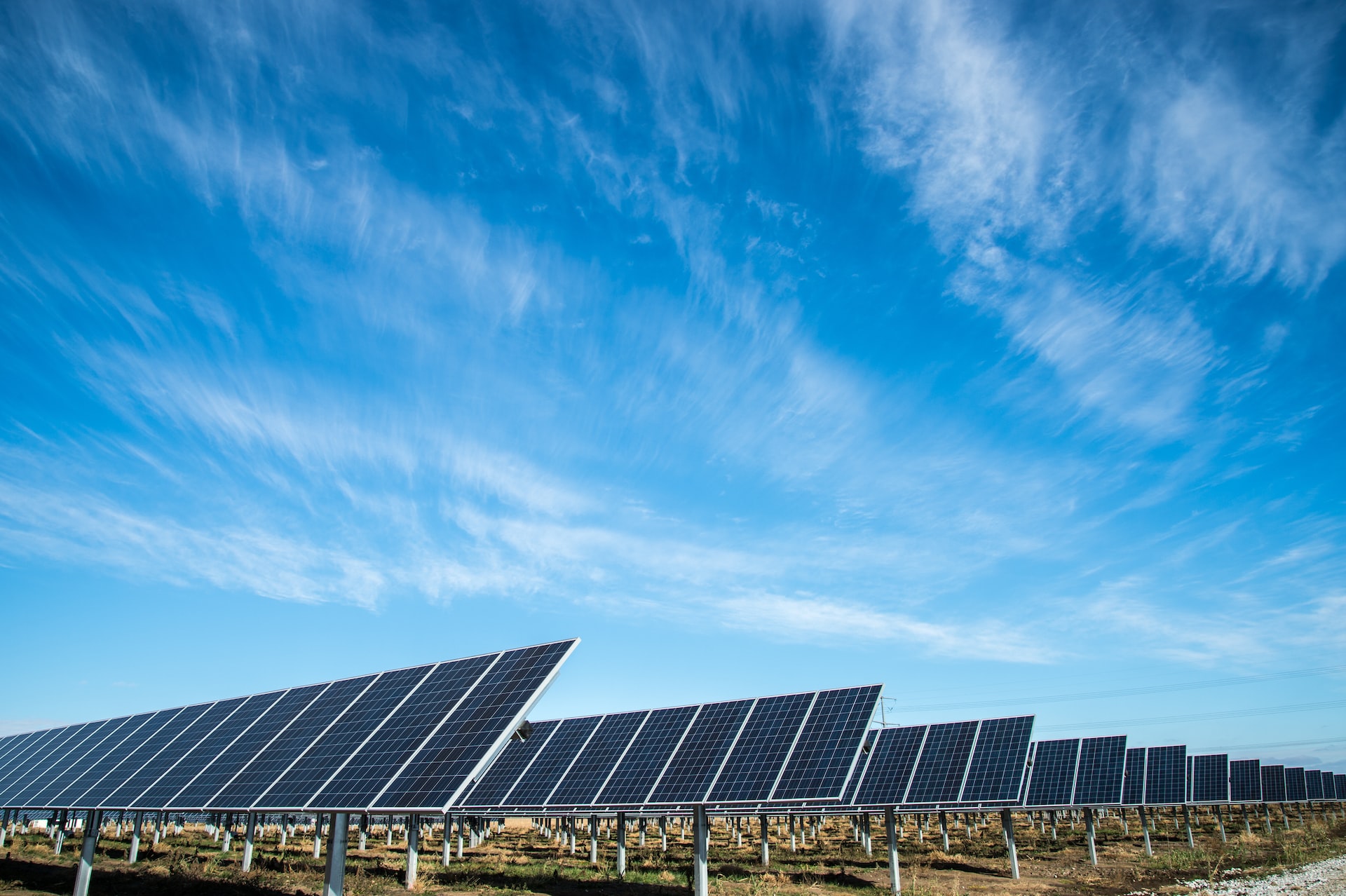
A promise yet to be fulfilled
“Hydrogen is not new,” recalls Ricardo Laiseca, director of Sustainable Transition at BBVA. “The problem we face now is generating demand at competitive prices and how to scale production to serve as a lever for the decarbonisation of the energy sector.” According to the report Global Hydrogen Review 2022 of the IEA, hydrogen demand reached 94 million tons in 2021. However, most of it was supplied by grey hydrogen, whose production involves the emission of polluting gases: the production of green hydrogen was less than one million tons.
If implemented, the current portfolio of projects to generate low-emission hydrogen could contribute to the production of between 16 and 24 million tons per year by 2030. A significant increase, but still far from the 34 million tons that would be necessary to meet governments’ climate commitments for that year, as pointed out by the IEA.
Opportunities and challenges in the not so long term
To meet net zero emissions targets, the green hydrogen sector would need to attract $700 billion in investment by 2050. Although the target is ambitious, several projects in the market have great growth potential. “There are a number of green hydrogen applications that make a lot of sense in the short term,” explains Andrés Galnares CEO of the startup H2SITE focused on distributed hydrogen generation and separation using membrane reactors. “Just by taking into account two of them, certain CO2-intensive industries and heavy transport, we can already have a potential impact of 7% in reducing CO2 emissions on a planetary scale.”
Ricardo Laiseca of BBVA cites other promising use cases, such as the storage of electricity from renewable sources. Although he adds: “The great challenge is to produce and store energy at a competitive cost compared to grey hydrogen”.
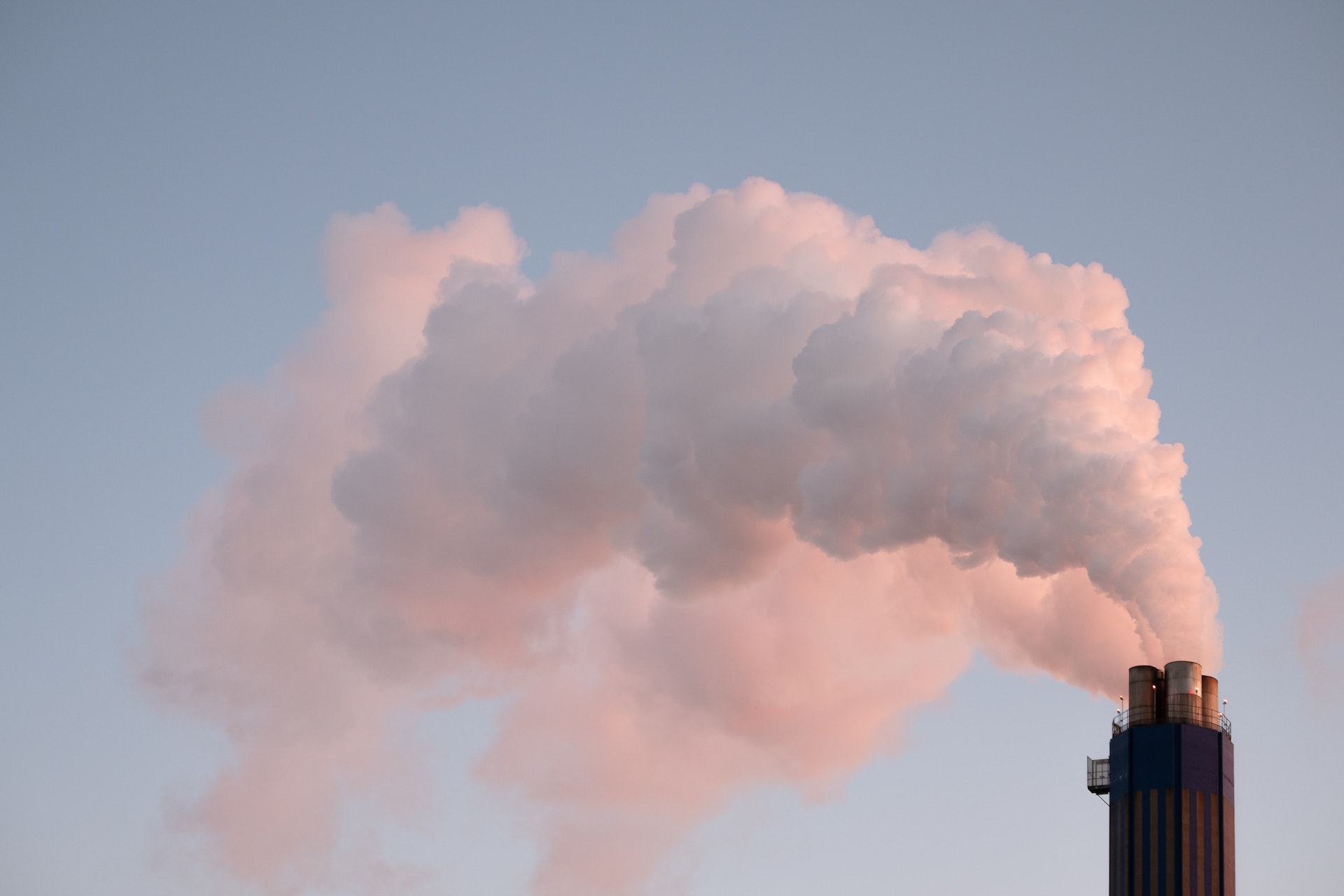
Investment and research, two strong drivers
“The transition to green hydrogen is very complex. It’s about changing the whole chain: how we create it, how we sell it, how we distribute it, etc. And in a very short time,” says Laiseca. BBVA therefore joined the European Clean Hydrogen Alliance in 2021, and this year invested 10 million euros in one of the world’ s largest clean hydrogen infrastructure funds, Hy24.
Through its BBVA Spark initiative (aimed at helping high-growth companies), it also promotes entrepreneurship by supporting funds focused on financing startups. Thus, BBVA collaborates with the Fifth Wall Climate fund of the Fifth Wall venture capital firm, provided with $500 million to help decarbonise the real estate industry. In addition, it has also invested 20 million euros this year in Lowercarbon Capital, a venture capital fund specialising in innovative companies in the field of decarbonisation, whose portfolio includes startups such as Supercritical Solutions, focused on the development of an innovative electrolyser to produce hydrogen and which raised 3.2 million euros in a seed round earlier this year.
BBVA is also a trustee of the first interdisciplinary seminar on hydrogen in Spain, launched in Spain, launched by the Universidad Pontificia Comillas. Conceived as an open knowledge hub around this technology, explains co-director Rafael Cossent, the seminar “is dedicated to applied research, and we try to create and bring together knowledge around hydrogen as a meeting and discussion point. We also contribute to regulatory issues and business models”.
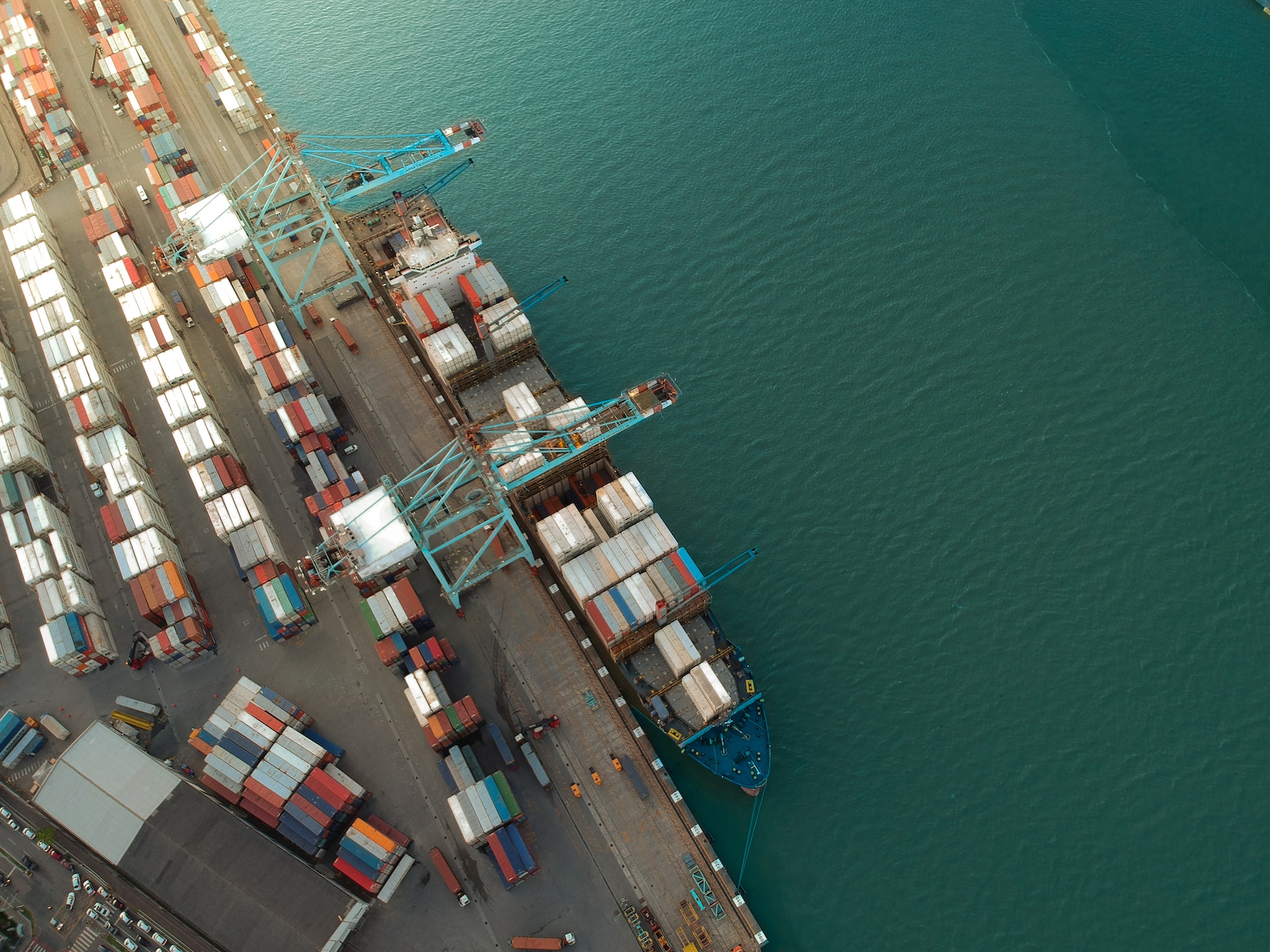
Startups leading a market on fire
The expected increase in demand for green hydrogen has translated into renewed interest in the sector from public and private investment, and an unprecedented injection of capital for startups already developing this technology. The global market for clean hydrogen generation is forecast to reach US$263.5 billion by 2027, with an annual growth rate of 10.5% from 2022.
Startups in the sector include the U.S.-based Electric Hydrogen (backed by Fifth Wall), which develops industrial-scale systems for the production of clean hydrogen and has raised $198 million in its Series B round; or Germany’s Enapter, dedicated to the production of electrolysers, which has already raised $105.6 million.
In Spain, startups such as H2B2, which designs and develops hydrogen production systems and plants in the United States and the EU; and Sunrgyze, a spin-off of Repsol and Enagás that is part of the venture capital fund SC Net Zero Tech Ventures and is committed to photoelectrocatalysis (the splitting of a water molecule directly by solar energy) to generate clean hydrogen. The aforementioned H2SITE, born out of the collaboration of the Tecnalia research centre with the energy company Engie and the University of Eindhoven, has raised 12.5 million euros.
